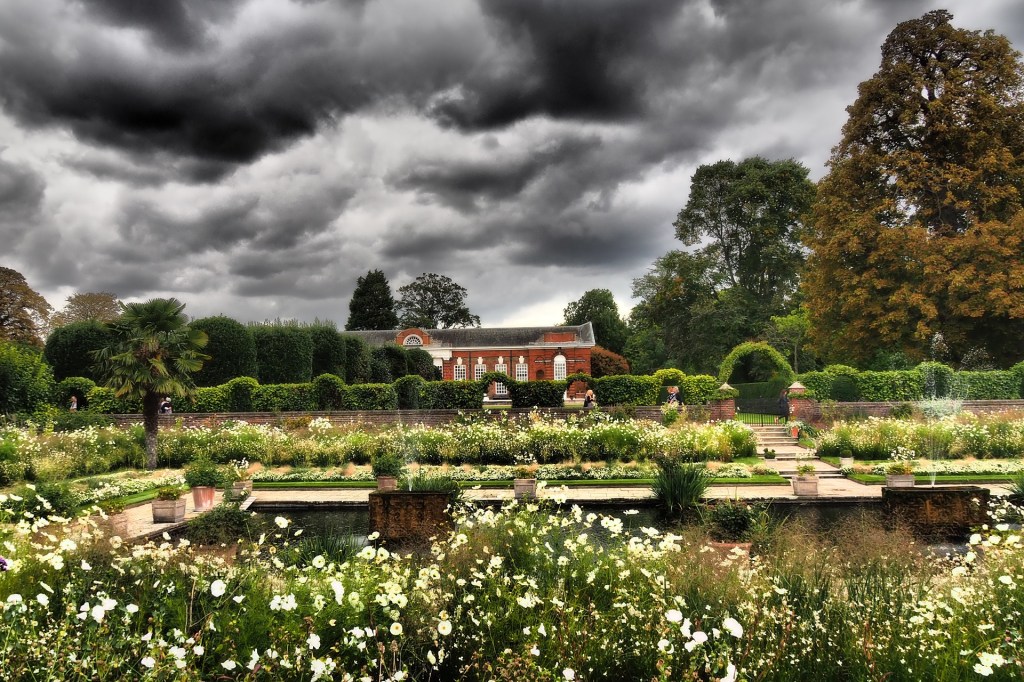Kensington Palace is a luxurious Royal residence that has become one of the most popular tourist attractions in the UK. Here, you can discover more about its fascinating 400 year history.
- A Short History of Kensington Palace, London
William III and Mary II disliked living at Westminster Palace near the River Thames as its damp atmosphere aggravated the King’s asthma. In 1689, they decided that Nottingham House, a small Jacobean mansion built in 1605, was the perfect residence. It was located in the clean, fresh air of the countryside on the outskirts of London, but it also provided easy access for their courtiers in the capital.
** From Small Mansion to Luxurious Palace
William and Mary immediately commissioned the famous architect, Sir Christopher Wren to transform the mansion into a beautiful palace, but they wanted the work completed in a very short time. Sir Christopher’s solution was to keep the original mansion intact and extend it on all sides. On each corner, he built a three-storey pavilion and added the courtyard with its distinctive clock tower. The surrounding gardens were landscaped with ornamental flower beds. In just a few months, William and Mary could move into their new home. In 1704, Queen Anne added the magnificent parterre and the large banqueting hall known as The Orangery. The luxurious State Apartments and the Cupola Room were commissioned in 1723 by King George II. These ornately decorated rooms with beautiful painted ceilings and golden pillars are particularly impressive and very popular with tourists.
** A Queen’s Childhood Home

Queen Victoria was born at Kensington Palace in 1819. Today, visitors can admire some of the toys she played with, including her beautiful dolls’ house. In 1837, it was in the elegant rooms of the palace that eighteen year old Victoria was informed that she was now the Queen following the death of her favourite uncle, William IV. Thirty years later, Princess Mary of Teck was born at Kensington Palace. She married King George V and eventually became the grandmother of the present Queen, Elizabeth II.

